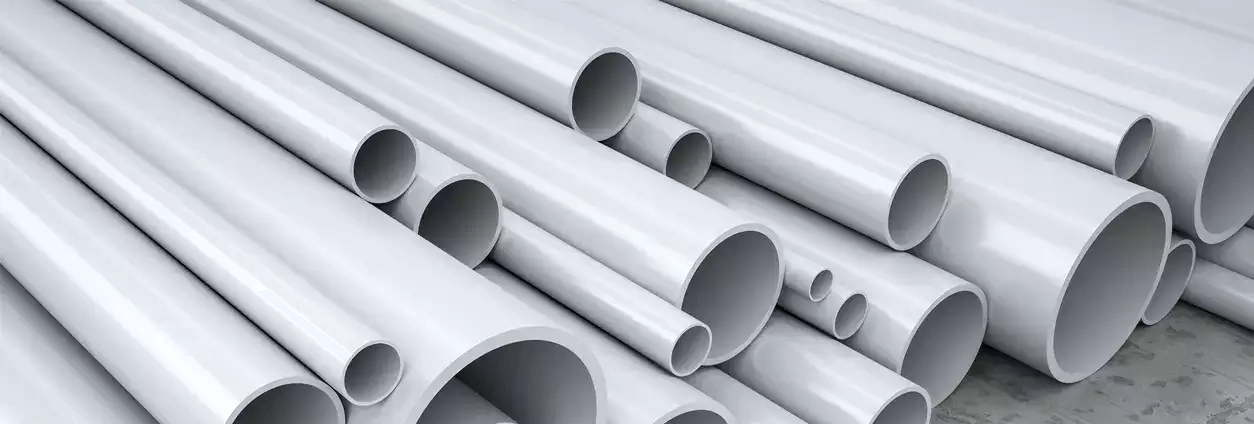The Pressure Pipe Industry in Kenya: A Comprehensive Overview
The pressure pipe industry in Kenya is a vital segment of the country’s infrastructure development, playing a crucial role in water supply, irrigation, and industrial applications. Pressure pipes are designed to withstand high internal pressures, making them essential for transporting water, gas, and other fluids over long distances. As Kenya continues to urbanize and invest in infrastructure, the demand for pressure pipes has grown significantly. This write-up provides a detailed analysis of the pressure pipe industry in Kenya, covering its current state, challenges, opportunities, key players, and future prospects.
- Importance of the Pressure Pipe Industry in Kenya
Pressure pipes are critical for:
- Water Supply: They are used in municipal water supply systems to transport water from sources such as dams, rivers, and boreholes to treatment plants and distribution networks.
- Irrigation: Pressure pipes are essential for agricultural irrigation systems, enabling efficient water use and boosting food production.
- Industrial Applications: Industries rely on pressure pipes for the transportation of water, chemicals, and other fluids.
- Energy Sector: Pressure pipes are used in oil and gas pipelines, as well as in geothermal energy projects, which are a key focus in Kenya.
- Current State of the Pressure Pipe Industry in Kenya
Kenya’s pressure pipe industry has seen significant growth in recent years, driven by infrastructure development and government initiatives. Key aspects include:
- Market Overview
- The industry is growing rapidly, with increasing demand from both public and private sectors.
- Materials commonly used for pressure pipes in Kenya include PVC, HDPE, ductile iron, and steel.
- The market is served by both local manufacturers and international suppliers, with a growing emphasis on local production to reduce costs and create jobs.
- Key Applications
- Water Supply Projects: Pressure pipes are widely used in large-scale water supply projects, such as the Northern Water Collector Tunnel and the Thwake Multipurpose Dam.
- Irrigation Schemes: Government-led irrigation projects, such as the Galana-Kulalu Food Security Project, rely on pressure pipes for efficient water distribution.
- Industrial Use: Industries such as manufacturing, mining, and energy require pressure pipes for their operations.
- Geothermal Energy: Kenya is a leader in geothermal energy in Africa, and pressure pipes are critical for transporting steam and hot water from geothermal wells to power plants.
- Regional Variations
- Urban Areas: Cities like Nairobi, Mombasa, and Kisumu have relatively well-developed pressure pipe networks, though aging infrastructure and rapid urbanization pose challenges.
- Rural Areas: Many rural regions lack adequate pressure pipe infrastructure, limiting access to clean water and irrigation.
- Challenges Facing the Industry
The pressure pipe industry in Kenya faces several challenges that hinder its growth and effectiveness:
- Infrastructure Deficits
- Many parts of Kenya lack the necessary infrastructure to support extensive pressure pipe networks.
- Existing systems are often outdated, poorly maintained, or insufficient to meet growing demand.
- Funding Constraints
- Limited government budgets and competing priorities often result in inadequate investment in water and irrigation infrastructure.
- Reliance on international funding and loans can lead to delays and inefficiencies.
- Lack of Skilled Labor
- The industry suffers from a shortage of trained professionals, including engineers, technicians, and installers.
- This shortage affects the quality of installation and maintenance of pressure pipe systems.
- Environmental Concerns
- Improper disposal of pressure pipes, especially non-biodegradable materials like PVC, contributes to environmental pollution.
- Inadequate waste treatment facilities mean that much of the water transported through pipes is not properly treated before being released into the environment.
- Regulatory Issues
- Weak enforcement of building codes and environmental regulations leads to substandard installations and practices.
- Corruption and bureaucratic inefficiencies further complicate the implementation of infrastructure projects.
- Opportunities for Growth
Despite the challenges, the pressure pipe industry in Kenya presents significant opportunities for growth and innovation:
- Urbanization and Population Growth
- Rapid urbanization is driving demand for modern infrastructure, including pressure pipe systems.
- Governments and private investors are increasingly recognizing the need for sustainable urban planning.
- Technological Advancements
- Innovations in materials, such as corrosion-resistant and eco-friendly pipes, are improving the durability and sustainability of pressure pipe systems.
- Smart technologies, including sensors and IoT-enabled systems, are being integrated into water management networks for better monitoring and maintenance.
- Public-Private Partnerships (PPPs)
- Collaborations between governments, private companies, and international organizations are helping to bridge funding gaps and improve project implementation.
- PPPs are also fostering knowledge transfer and capacity building.
- Environmental Sustainability
- There is growing interest in sustainable water management solutions, including recycling and the use of biodegradable materials.
- Green infrastructure projects, such as rainwater harvesting and eco-friendly drainage systems, are gaining traction.
- International Support
- Organizations like the World Bank, African Development Bank, and UN agencies are providing funding and technical assistance for water and irrigation projects.
- International companies are investing in local manufacturing and distribution networks.
- Government Agencies
- The National Irrigation Authority (NIA) and Water Resources Authority (WRA) play a crucial role in planning and implementing water and irrigation projects.
- National and county governments are increasingly prioritizing infrastructure development in their policies.
- Future Prospects
The future of the pressure pipe industry in Kenya looks promising, with several trends shaping its trajectory:
- Increased Investment
- Governments and international organizations are expected to increase funding for water and irrigation projects, including pressure pipe systems.
- Private sector investment is also likely to grow as the market expands.
- Focus on Sustainability
- The industry will increasingly adopt eco-friendly materials and practices to address environmental concerns.
- Circular economy principles, such as recycling and reusing materials, will gain prominence.
- Technological Integration
- Smart water management systems, powered by IoT and AI, will enhance efficiency and reduce costs.
- Digital tools will improve project planning, monitoring, and maintenance.
- Regional Collaboration
- Kenya is likely to collaborate more closely with neighboring countries on infrastructure projects, sharing resources and expertise.
- Regional organizations like the East African Community (EAC) will play a key role in fostering cooperation.
- Conclusion
The pressure pipe industry in Kenya is at a pivotal stage, with immense potential to contribute to the country’s development. While challenges such as infrastructure deficits, funding constraints, and environmental concerns persist, the industry is poised for growth thanks to urbanization, technological advancements, and increased investment. By addressing these challenges and leveraging opportunities, Kenya can build sustainable and efficient pressure pipe systems that improve water supply, boost agricultural productivity, and support industrial growth.
The collaboration of governments, private companies, and international organizations will be crucial in realizing this vision.
This write-up provides a comprehensive overview of the pressure pipe industry in Kenya, highlighting its importance, challenges, opportunities, and future prospects. As the country continues to develop, the industry will play an increasingly vital role in shaping Kenya’s infrastructure and environmental landscape.




Leave a Reply